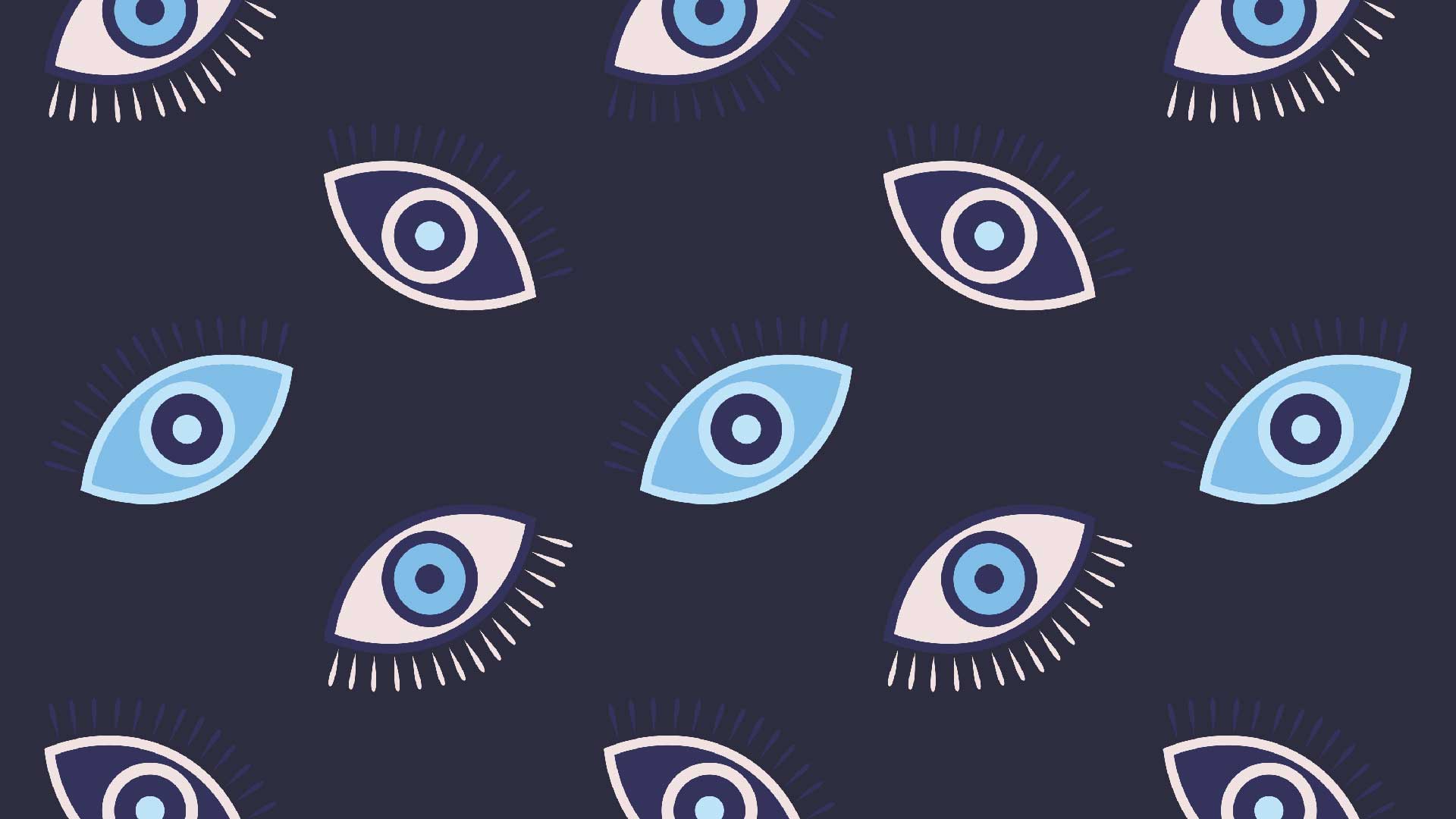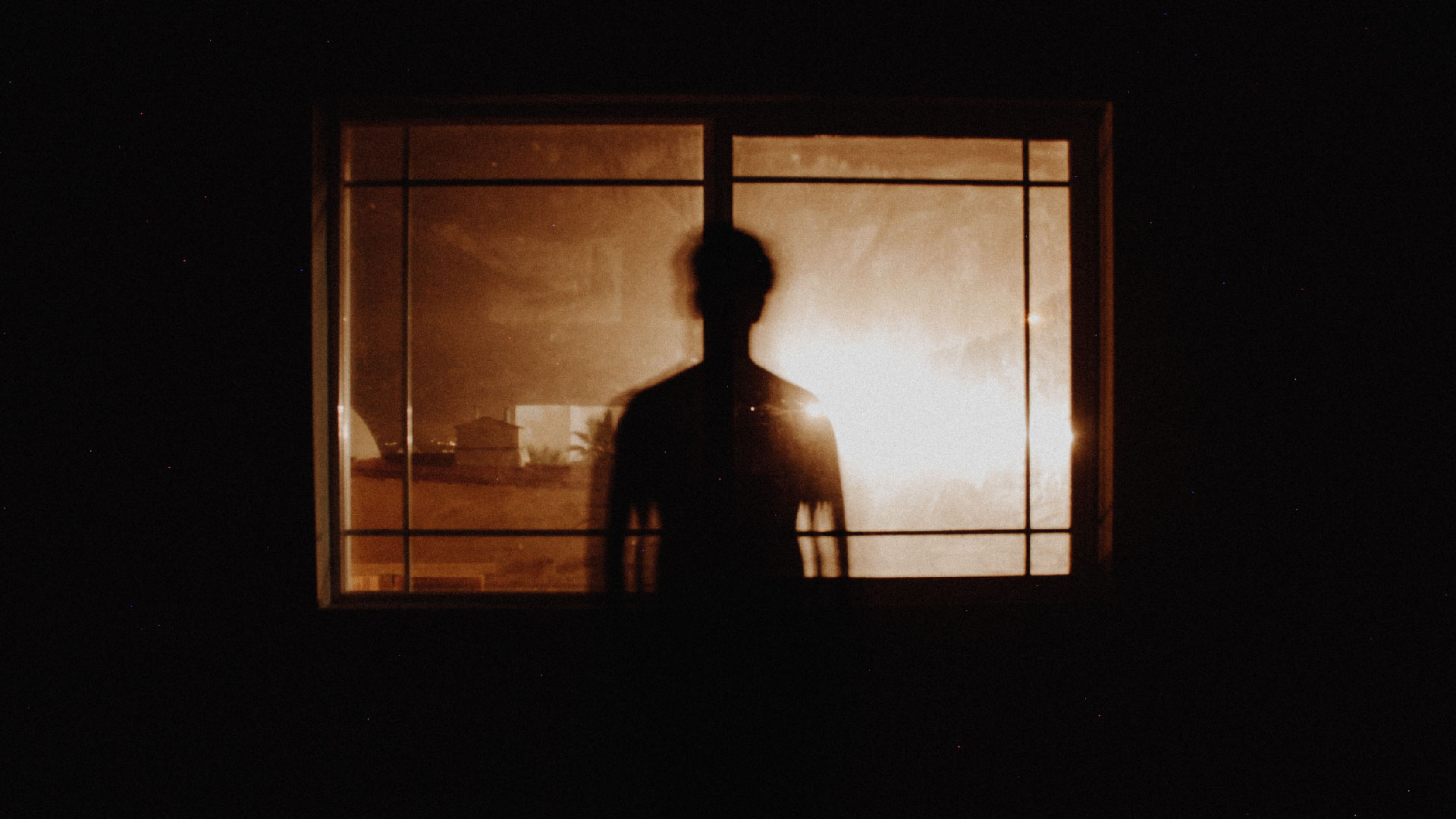A study published in the journal Cortex suggests that people who are incapable of forming mental images (aphants) are less susceptible to hallucinations.
Most people can see objects that do not exist right in front of their eyes with their mind’s eye. Yet, there is a great deal of individual difference in this ability. While a minority excels at mental imagery, some people completely lack the ability to voluntarily generate mental images.
The condition where one lacks the mind’s eye or is “blind” in the mind’s eye is called aphantasia, and people with aphantasia are called aphants. Aphants are known to have less vivid memories compared to the average person. They also have trouble imagining future scenarios.
However, their spatial abilities are unaffected and they seem to use efficient alternative cognitive strategies to perform tasks that normally require mental imagery. Aphantasia also comes with some advantages. For example, reading frightening stories or imagining frightening scenarios affect aphants less than the average person. They also tend to report fewer involuntary memory intrusions. Now, it seems yet another advantage of aphantasia has been discovered.
Researchers have long speculated a connection between the ability for mental imagery and susceptibility to hallucinations. But, the evidence for this connection has come mostly from clinical populations. For example, schizophrenic patients, and Parkinson’s patients who experience visual hallucinations, have enhanced mental imagery.
A study has found evidence for this connection in the general population. Researchers Varg Konigsmark, Johanna Bergmann, and Reshanne Reeder found that people capable of mental imagery (imagers) are more susceptible to visual hallucinations than people with aphantasia (aphants).
For the study, researchers recruited aphants and imagers from a subreddit dedicated to aphantasia (N = 179). In addition to these online participants, they recruited 28 Psychology students. They asked participants to view a hallucination-inducing, flickering light on their computer screens (“rhythmic flicker”), and to describe the hallucinations they experienced while viewing it.
Participants rated and described five features of the hallucinations they experienced – complexity, vividness, emergence time, duration and frequency. Researchers found that compared to aphants, imagers had a higher probability of seeing hallucinations.
“Aphants had a probability of .671 to see (hallucinations), whereas this probability climbed to .921 among imagers.”
There was also a significant difference between the two groups in the vividness of reported hallucinations. While most aphants reported “weak, insubstantial” hallucinations, most imagers reported “clear moderately vivid” or “clear, not vivid” hallucinations.
Hallucinations of various complexities were reported by the participants – simple geometric shapes to complex faces, animals, and landscapes. While hallucinations reported by imagers were “widely dispersed across complexity ratings”, hallucinations reported by aphants were mostly simple geometric patterns. Aphants rarely experienced complex hallucinations. There were no difference between aphants and imagers on the other features of hallucinations – emergence time, frequency, and duration of hallucination.
“Both aphants and imagers who experienced (hallucinations) commonly reported that they emerged within a few seconds, occurred frequently, and typically persisted for more than 1 sec.”
You can experience the rhythmic flicker here. Read more about the study by Varg Konigsmark, Johanna Bergmann and Reshanne Reeder here.








